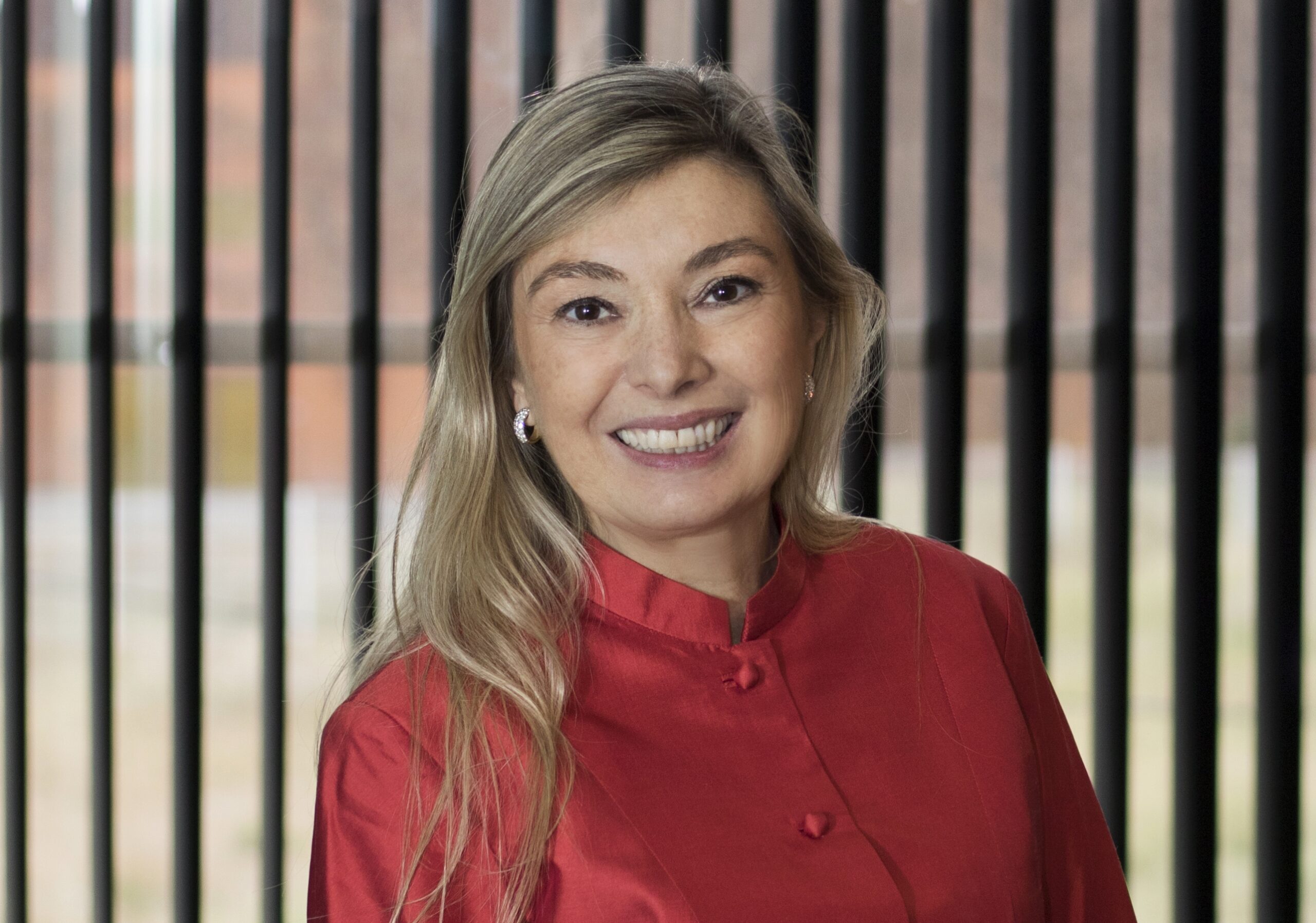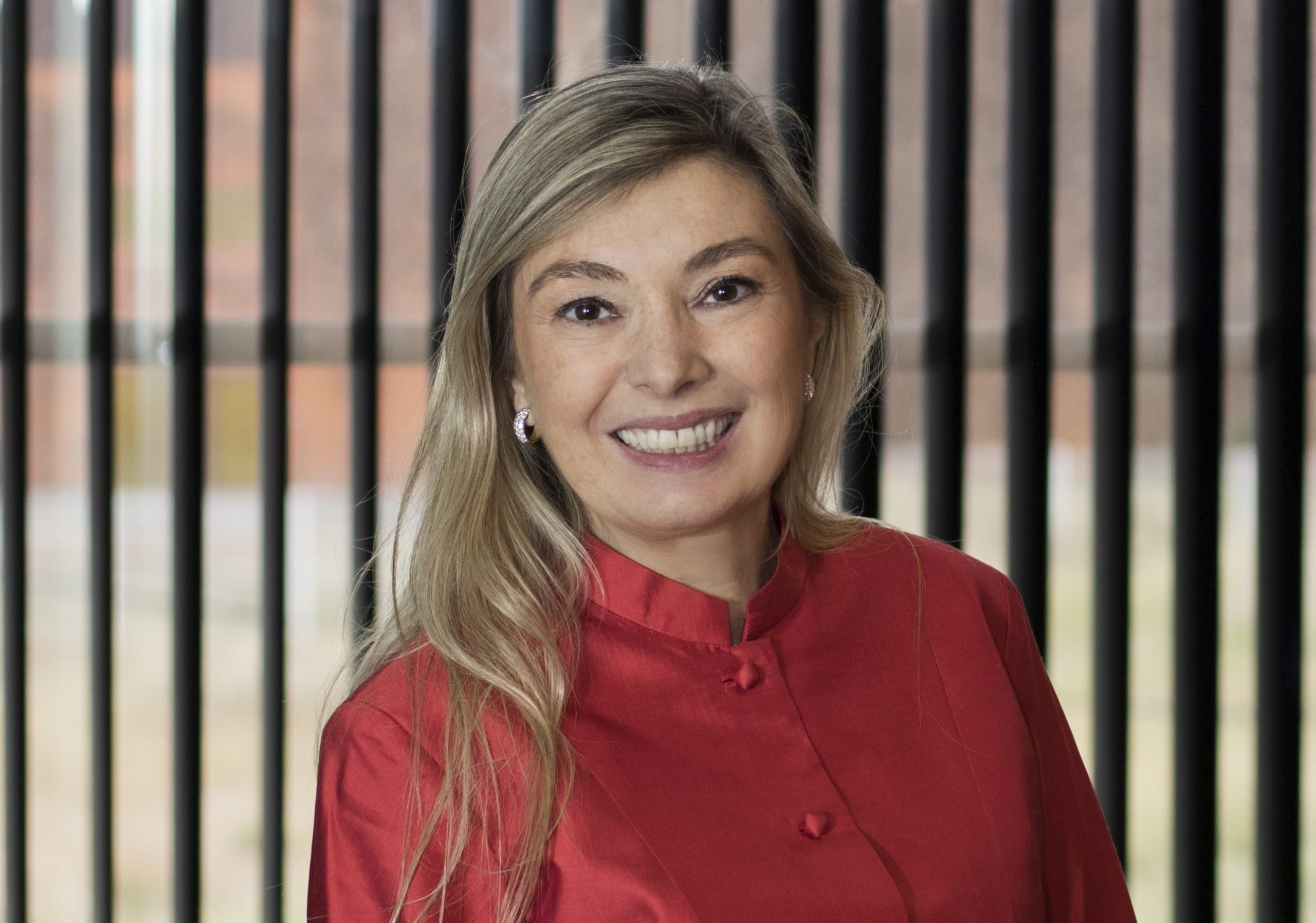Not just investment, impact

In this interview, Maribel Villaró, Tax partner at Cuatrecasas’ Barcelona office, offers us a new look that refocuses investing from purely economic returns to a triple yield, including social and environmental returns. We talked about impact investing, something that in this crisis, is more valuable than ever. Villaró explains why

Maribel Villaró (pictured) tells us that, according to the GIIN (Global Impact Investment Network), impact investment exceeded $500 billion in 2018, out of which 64% came from asset managers and 21% from foundations. Approximately 60% of the managers are domiciled in North America and 20% in Europe, although many of them invest globally. She also explains that, in Europe, there is no homogeneous classification for impact investing and each country is creating its own taxonomy. “For example, France has estimated impact investment at €4 billion by the end of 2018 although this includes nearly €1 billion invested by the AFD (French Agency for Cooperation) in developing countries.” According to Villaró, in Spain, as of June 2019, Spain NAB (National Advisory Council for Impact Investment) estimated the financial assets intermediated through 14 impact funds at €90 million. These funds are of varying sizes, but all are important as they address the financing needs of social enterprises at different stages of their life cycle.
“It is important to note that the figures for Spain NAB are not comparable with those of the GIIN, because in Spain, at the moment, only venture philanthropy, venture capital and financial inclusion funds are accounted for, which are self-classified as impact funds. However, there are many other types of financial assets that would also meet the Spain NAB definition of impact investing and are not included at this time. The truth,” Villaró continues, “is that the number of players is growing every day and investors will continue to grow (as has happened in the different European countries). Some asset providers we could mention are GAWA Capital, Creas, Impact Bridge, Q-Impact and People&Planet Partners.”
Institutional investors such as the European Investment Fund through its SIA (Social Impact Accelerator) program and the ICO (Official credit Institute), through its manager AXIS Participaciones, which has allocated €50 million to invest in impact funds in Spain, are playing a very important role. Other important investors are wealthy asset managers and some pioneering foundations in Spain that invest in impact. “Although we will have to wait a bit to know the aggregate of Spain NAB for this year, we know that the sector has behaved very dynamically in our country. Since June 2019 new funds have been launched such as Fundación Repsol (€50 million), Afi-La Bolsa Social (€25 million), 3P and very recently, the joint initiative launched by La Bolsa Social and Ship2B with the collaboration of other actors aimed at companies proposing solutions to social challenges caused by the COVID-19 epidemic, through a collective investment platform, known as equity crowdfunding.”
But how and where do impact investments come up?
The presence of investors who seek positive social or environmental outcomes as well as financial returns on their investments goes back several decades. The term “impact investing” was coined just over ten years ago at one of the meetings organized by the Rockefeller Foundation in Bellagio, Italy.
While the practice to which the term refers has been in place for some time, it was not until 2007 that the modern concept of “impact investing” was born, when the Rockefeller Foundation brought together investors, entrepreneurs and philanthropists to explore the need to define and develop a global impact investing industry that would transform what had been an idea into a global movement.
The coronavirus is significantly damaging the economy and, among other things, has damaged many types of funds. Do you think it is time to pay attention to impact investing?
Investing in social innovations that provide solutions to the basic problems of humanity where the public system does not reach is precisely the reason for existing of impact investing, an aspect that makes special sense in a global crisis situation such as the one we are experiencing. Therefore, impact investing can serve as a catalytic instrument to support the fight against the disease and the search for a cure, as well as to mitigate the economic and social consequences of the Coronavirus pandemic.
In this context of crisis, companies, entrepreneurs and society in general are turning to contribute their knowledge and dedication in the fight against this epidemic. However, many of them need financial support in the form of seed capital or patient capital to carry out their projects. This is where impact investing can play a decisive role.
What are the main features of this type of investment?
Impact investments are investments in companies, organizations or funds made with the intention of generating a positive measurable social and/or environmental impact, in addition to obtaining a financial return. Although this definition allows for a wide range of investments to be covered, there are four fundamental characteristics that define the impact investor as opposed to the traditional investor:
1) The intention to contribute to the generation of a positive social and environmental impact, together with a financial return
2) The use of optimal quantitative or qualitative impact information and other evidence in the design of investments
3) The monitoring, identification of results and use of performance figures in decision-making on focusing investments on the social and/or environmental pursued objectives
4) The contribution to growth of impact investing
How are these investments usually implemented? Through what types of products?
Impact investment is usually implemented through classic investment structures and sometimes through new investment structures such as social impact contracts, also called CIS. Without being exhaustive, the following are some examples of products through which these investments are usually implemented:
– Public or private fixed-income debt instruments
– Private Equity and Venture Capital structures, either directly or through investment funds intervention.
– Public Capital structures, usually involving investment in public funds
– Social Impact Contracts; these are performance payment contracts signed between a public administration, a social service provider and impact investors, used to finance innovative interventions aimed at solving a specific social problem. The particularity of these contracts is that they transfer the innovation risk to the investor. If the agreed impact is not achieved, the administration does not pay anything.
What sectors do they cover?
The impact investing market focuses, among others, on sustainable agriculture, renewable energy, environmental conservation, microfinance and universal access to basic services such as housing, food, health and education sectors. We could say that it covers all the Sustainable Development Goals included in the United Nations 2030 Agenda.
Impact investing could be a good way to increase foundations’ assets, although, as you have said on some occasions, they would need to adapt their legal framework.
Indeed, the Foundations Law dates from 2002 and needs to be adapted to meet foundations´ needs. At present, many of them have significant foundation capital invested in financial products with minimum risk components because the legislation obliges the trustees to look after the foundation’s assets. This limitation prevents them from making investments in funds that invest in social enterprises, patient capital or combined financing vehicles for projects with a high social impact that, especially in the initial phases, need financial support.
It should be borne in mind that the ultimate aim of a foundation is to develop the purpose that the founder established when the foundation was set up, which is always based on the protection of the general interest, and investing in impact products could precisely be a vehicle consistent with that foundational purpose.
Cuatrecasas acts as legal secretary for Impact Investing in the European Union Advisory Board. We understand that this brings great responsibility. What actions are being carried out by the firm to promote this type of investment in our country?
For two years now, when the Spanish group for impact investment was born, Cuatrecasas has been accompanying its debates, meetings and proposals to respond to all the legal questions that this new investment market raises. We have also contributed our knowledge of the financial sector, the private client sector and the foundation sector to work on proposals for legislative changes that can help boost the impact investing market.
We advise on strategic projects development for family offices, private clients, investment institutions, asset managers and private banks, from a Regulatory and Tax point of view.
We also frequently participate as speakers in events and legal forums on investment products with sustainability and impact criteria and we hold training sessions with managers on the legal aspects of impact investment.
To read the article in full please download issue N.94 here












